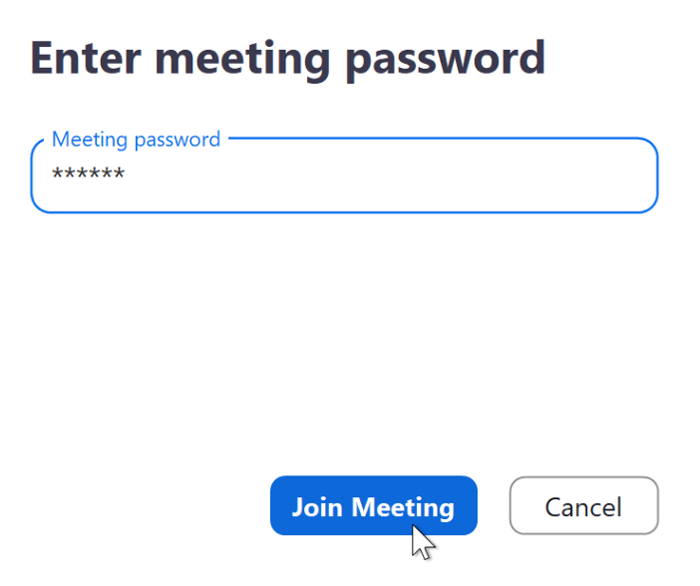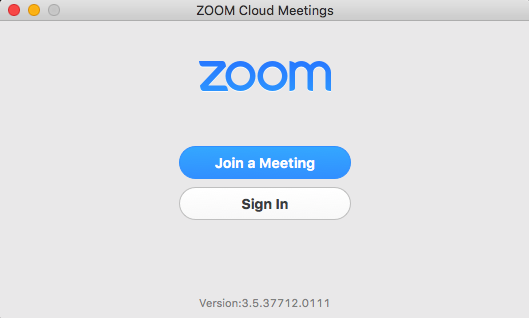
But the concept of "SIP" is much more sophisticated today than it was back then. hey wait, it worked?") What's interesting to me is that the core "ICE" concepts (hole punching, STUN, TURN) are still pretty simple even in their mature, formalized, scientific form. Or possibly just an experiment ("what if the two connections touch somewhere in the internet at the same time. I don't remember how I learned about hole punching though. STUN was an easy one to figure out yourself, too.

The concept of TURN was probably one that I, and many thousands of others, invented from scratch due to necessity (failed to punch the hole? fall back to this custom relay I wrote in perl). It's really much easier nowadays! zonko.chat only took me 12 or so hours to build (and seems to be well-supported by chrome and ff, even mobile).Įdit: Upon reflection, I don't even remember how I learned about some of them.

So if anyone who's new to this whole p2p world feels that WebRTC and the ICE framework is confusing or onerous, I would point out that just a short while ago these were basically just a handful of heuristic techniques developed through trial and error over the years. I was surprised to see that the STUN spec is only 12 years old now, despite the techniques involved being used for at least 20 years, probably more like 30+. It was fun to see that all of this has since been formalized under the "ICE framework". We used all sorts of fun tricks like NAT hole punching, and using little script endpoints to capture and forward along port and public IP address information. The last time I did any p2p networking was back in 2002 or something when you still had to do it all manually.

I also decided to learn WebRTC and built a video chat app project:


 0 kommentar(er)
0 kommentar(er)
